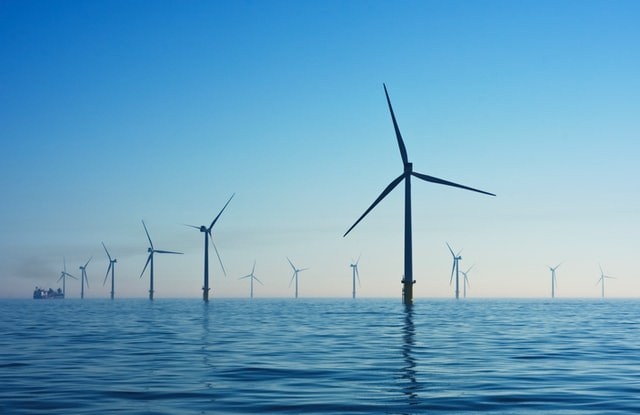As windfarms are a significant expenditure in the aftermath of Covid and the Russian invasion of Ukraine, General Electric (GE) plans to make substantial employment layoffs in its U.S. wind business. It will consider other markets as well.

Hesitant to Engage in Wind Energy
Companies are hesitant to engage in wind energy as they search for less expensive alternatives due to ongoing supply chain disruptions and the high cost of wind turbines. Are wind and solar electricity more expensive and less dependable? This is a subject that has been posed for years. The irregular power supply of the two renewable energy sources has drawn frequent criticism. Meanwhile, the cost of building solar and wind farms is turning out to be more than anticipated due to the increased price of steel and other components.
Due to massive global investments in research and development, the cost of solar and wind energy has been falling as technical advances have been made. But the cost of components has consistently increased due to a pandemic that has disrupted global supply chains. Can the increased wind turbine efficiency offset the growing cost of raw materials?
Also Read : Here's How Listening to the People May Actually Help in Creating a More Sustainable Energy System
GE Report

This month's reports, GE will be cutting about 20% of its onshore wind staff in the United States. Employees throughout North America, Latin America, the Middle East, and Africa have been informed of the changes. A review of its wind markets in Europe and Asia is anticipated to follow. We are trying to simplify and scale our onshore wind business for market realities to position us for future success, the memo that GE employees received last week stated. These are challenging choices that do not diminish the commitment and effort of our staff but are necessary to keep the company competitive and increase profitability over time.
GE is reportedly considering restructuring and downsizing the company, citing sluggish demand, increased prices, and supply-chain bottlenecks as the main difficulties. GE acknowledged "streamlining" its onshore wind activities, but the company has not addressed employment losses. "These are difficult decisions, which do not reflect on the commitment and effort of our workers, but are necessary to guarantee the business can compete and enhance profitability over time," a GE Renewables representative said.
Alternative Energy Sources
As businesses struggle with the rising cost of wind electricity while increasing their expenditures on renewables to decarbonize operations, this example shows the larger problem. And despite recent increases in demand, producers of wind turbines are still having trouble making a profit.
As the world's top non-hydro renewable energy source, the prospective shift away from wind energy might have serious repercussions. The global switch from fossil fuels to renewable energy is anticipated greatly supported by wind power. Additionally, if energy firms in North America and Europe reduce their support for wind power while Asian nations like China grow it, the geopolitical environment may alter.
For more environmental news, don't forget to follow Nature World News!
© 2026 NatureWorldNews.com All rights reserved. Do not reproduce without permission.





